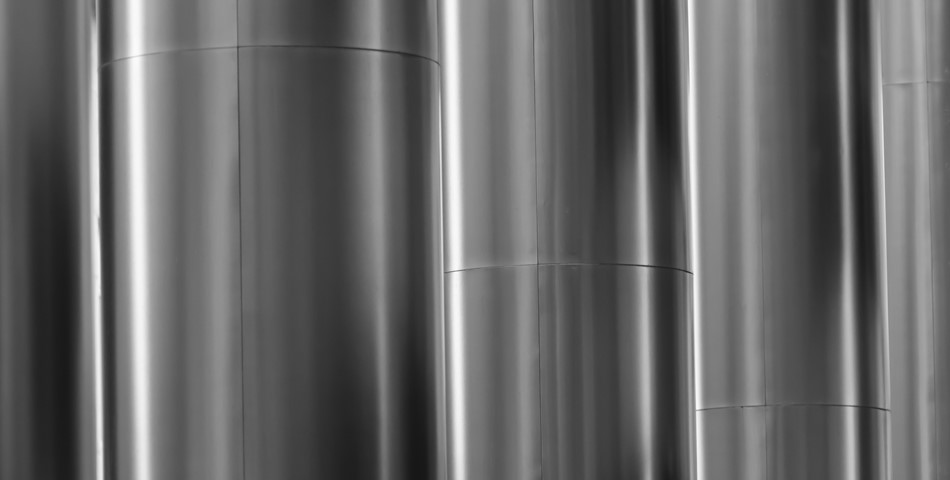Market uncertainty caused by the COVID-19 pandemic, the high number of developed countries, and because emerging markets have yet to flatten the curve of the novel coronavirus, is driving the surplus of aluminum stocks in Y2020. Global aluminum consumption in Q1 2020 fell by 8 percent; China’s consumption dropped by 10 percent and the rest of the world by 7 percent. The normal seasonal impact of the Chinese New Year coupled with COVID-19 intensified the decline. By the end of 2020, depending on how quickly the demand bounces back in Q3 and Q4, there could be an anticipated global surplus in the range of 2 million to 7 million tons, i.e., roughly 5 percent-10 percent of the total aluminum consumption. Beyond the immediate question of “how long” is the more existential question of “what next?” What will be the “new normal” and how will this play into new strategic roadmaps of global aluminum majors? How can stakeholders navigate through a recessionary period that could last anywhere between two to four quarters, depending on the duration and severity of the pandemic?
Key Short-term Business Initiatives Adopted by the Global Aluminum Industry:
- Postpone CAPEX plans for Y2020: This ensures higher cash flow and conserves/controls working capital. It also ensures good liquidity and line of credit until the inventories are cleared and London Metal Exchange Index (LME) prices rise. These short-term measures can curtail higher inventory costs due to high uncertainty.
- Temporary plant closures: This is inevitable due to the need to secure cash by lowering the inventory burden, which is aligned with long-term businesses, such as in automotive and aerospace.
- Awaiting the opportune time to hedge LME: This is a typical pricing strategy any aluminum company would adopt. Generally, leading companies hedge 20 percent-30 percent of LME based on positive market movements of the LME index. Currently, LME has recovered from an all-time low of USD1,421 per ton as on April 4th to an increase of over 150 USD per ton in the last 2 months reaching 1,573 $ per ton as on June 16th 2020, which is mainly attributed to the Chinese demand recovery.
Opportunities for Future Growth:
- Localizing raw material requirements by producing them in-house (backward integration): Securing the supply of critical material has been the utmost priority, especially for Primary smelters, who rely on key materials other than Bauxite, like silicon metal, which is used to produce foundry alloy ingots, calcined petroleum coke, coal and various alloying elements.
- Metamorphosis in the global supply chain: Due to uncertainty in index prices, long-term contracts will take a back seat and spot pricing will be adopted. Many producers are changing their product mix to suit current needs, e.g., shifting value-added products (VAP) to commodity-grade products based on the current demand uptake; packaging, power, building and construction are the key focus areas in the short term before the supply chain stabilizes for other industries like aerospace, automotive, and specialty segments.
- Invest in value-creating growth projects: Many companies have aggressive plans to expand either geographically or within the same country, or a combination of both. It will be important to drive value addition of aluminum and specialty treatments, which will further add value to customers. Some examples include producing aluminum composite panels instead of only coated sheets; producing billets and extrusions via the recycling route, which has a closed recycling approach and a network of recycling procurement; or producing electronic products with special heat treatments and anodizing, which will ensure that the product reaches customers directly, avoiding the route of another anodizer in the value chain.
- The electric vehicles segment still has positive momentum: Applications in electric vehicles will still be in demand as many auto OEMS slowly shift to electric vehicle platforms. Aluminum will continue to replace steel in powertrains, and chassis and battery systems will be the new demand drivers. There could be a slight slowdown due to the recovery and focus on short-term sustainability since EV is a disruption to the entire internal combustion industry ecosystem, but the case is still strong.
- Special treatment in food and beverage products – aluminum foil and UBC (Used Beverage can) Based on safety norms provided by the health authorities, moving forward, aluminum-packaged products will have additional coatings for the health and safety of consumers, as required by international standards and local government regulations and guidelines.
- Digitalization and Industry 4.0: Technologies include advanced automation technology and smelter technology. Robotics integrated into aluminum smelters and cast-house operations eliminate the use of human capital while avoiding unsafe material handling.
- Ramp-up recycling initiatives to enable a circular economy: Sustainability is the core of the aluminum business. Investing in recycling should be high on the agenda for any CEO, as this will drive the aluminum industry going forward. Closed-loop recycling is adopted by many global majors. Building material scrap, including from extrusion, automotive sheets and UBC, is highly involved in this ecosystem. Due to the rise of electric vehicle aluminum content, these initiatives and best practices will be crucial differentiators.
Vikram Rajeev
Principal Consultant, Metals & Minerals Practice
Frost & Sullivan
ww2.frost.com














